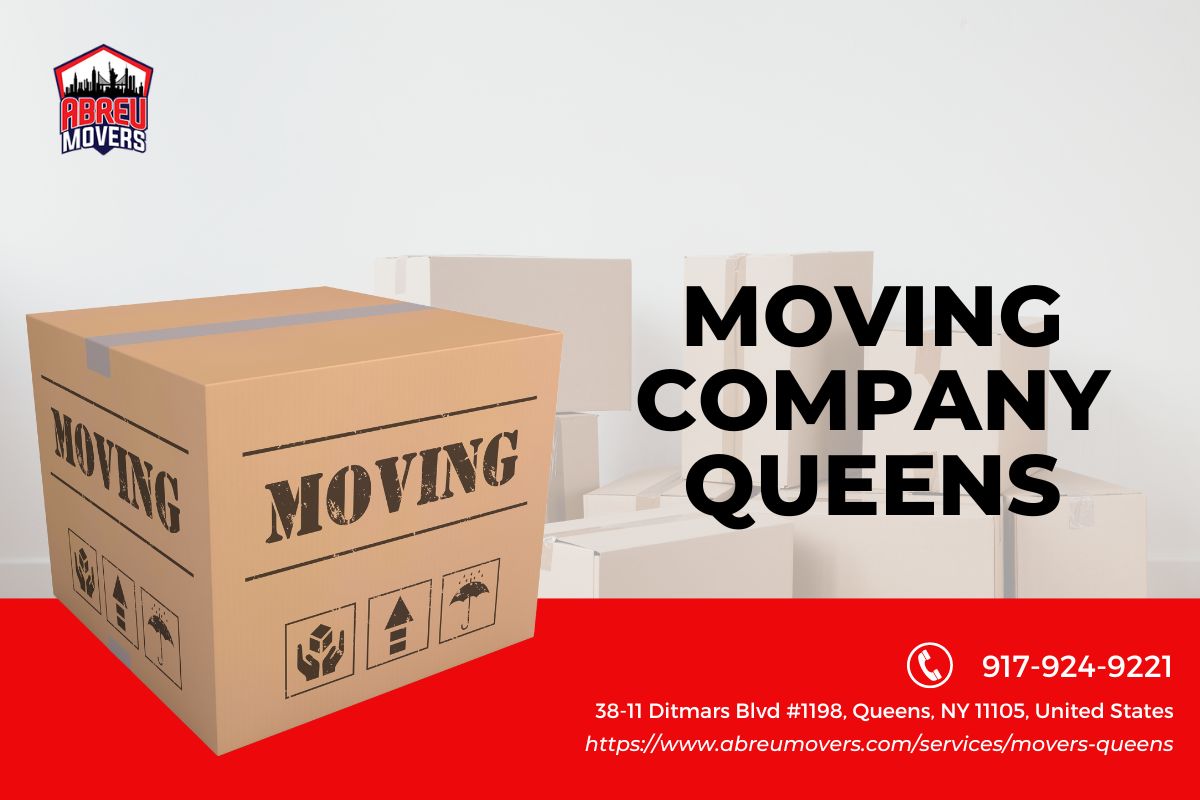

Introduction
Moving to a new house or office can be an overwhelming task. From organizing your belongings to ensuring their safe transportation, there are numerous challenges that come with the process of moving and packing. However, with the right tips and tricks, you can make this daunting task a breeze. In this article, we will explore expert advice on how to simplify the moving and packing process, ensuring a smooth transition to your new space.
Table of Contents
The Importance of Proper Planning Choosing the Right Packing Services Finding Reliable Movers and Packers in Queens Creating an Inventory Checklist Packing Room by Room Maximizing Space Efficiency Protecting Fragile Items Labeling Boxes for Easy Unpacking Dealing with Heavy Furniture Disassembling and Reassembling Furniture Utilizing Professional Equipment Securing Important Documents and Valuables Handling Electronics and Appliances Managing Utility Transfers Arranging for Cleaning ServicesAnd so on…
The Importance of Proper Planning
Proper planning is the key to a successful move. Start by creating a detailed timeline, outlining all the tasks you need to complete before the moving day. This includes notifying utility companies, updating your address, and booking packing services or movers and packers in Queens. By having a clear plan in place, you can ensure that nothing falls through the cracks during the chaotic moving process.
Choosing the Right Packing Services
Hiring professional packing services can save you a significant amount of time and effort. These experts are trained to efficiently pack your belongings, ensuring their safety during transportation. When choosing a packing service, look for reputable companies with positive reviews and competitive prices. Request quotes from multiple providers to compare their services and choose the one that best fits your needs and budget.
Finding Reliable Movers and Packers in Queens
If you https://www.google.com/maps?cid=9767616979814687055 prefer a full-service moving experience, hiring movers and packers in Queens is your best option. These professionals will handle every aspect of your move, from packing to transportation and unpacking. To find reliable movers, ask for recommendations from friends or family who have recently moved. Additionally, read online reviews and check their credentials to ensure they are licensed and insured.
Creating an Inventory Checklist
Before you start packing, create an inventory checklist of all your belongings. This will help you keep track of what needs to be packed and ensure that nothing gets left behind. Categorize items by room or type to make unpacking easier once you arrive at your new location. Take photos or videos of valuable items as documentation for insurance purposes.
Packing Room by Room
To streamline the packing process, tackle one room at a time. Start with rooms that are used less frequently or contain items that won't be needed until after the move. Use sturdy boxes in various sizes to accommodate different types of items. Pack heavier items at the bottom and lighter ones on top to prevent damage. Fill empty spaces with packing paper or bubble wrap to minimize shifting during transit.
Maximizing Space Efficiency
Make the most of the available space in your boxes by using smart packing techniques. Roll clothes instead of folding them to save space and reduce wrinkles. Utilize vacuum-sealed bags for bulky items like bedding and pillows. Disassemble furniture whenever possible to optimize space utilization. Remember to keep screws and other small parts in labeled bags, so they don't get lost during the move.
Protecting Fragile Items
Fragile items require extra care during the moving process. Wrap delicate items individually in bubble wrap or packing paper, securing them with tape. Place these items in sturdy boxes labeled as "fragile" to alert movers and packers to handle them with caution. Fill any empty spaces in the box with cushioning material, such as foam peanuts or crumpled paper, to provide additional protection.
Labeling Boxes for Easy Unpacking
Labeling boxes is essential for an organized and stress-free unpacking experience. Clearly mark each box with its contents and the room it belongs to. This will help movers know where to place each box upon arrival at your new location. Additionally, use color-coded labels or stickers to indicate priority levels, such as "open first" or "non-essential." This will streamline the unpacking process and ensure that essential items are easily accessible.
Dealing with Heavy Furniture
Moving heavy furniture can be challenging without the proper techniques and equipment. To avoid injuries and damage to your furniture or walls, consider hiring professional movers for this task. If you prefer a DIY approach, use furniture sliders or moving blankets to protect both your furniture and floors while maneuvering through tight spaces.
Disassembling and Reassembling Furniture
Some furniture pieces may need to be disassembled before they can be safely transported. Take detailed photos of each step when disassembling furniture to ensure an easier reassembly process later. Keep all screws, bolts, and other hardware in a labeled bag and secure it to the furniture piece or store it in a separate box. This will prevent any missing pieces when it's time to put everything back together.
Utilizing Professional Equipment
Investing in professional moving equipment can make a significant difference in the ease of your move. Items such as dollies, hand trucks, and furniture straps can help you move heavy items with less effort. Rent or purchase these tools before your moving day to save time and energy during the process.
Securing Important Documents and Valuables
Keep your important documents and valuables secure during the move by packing them separately. Use a lockable box or file organizer to store items such as passports, birth certificates, and financial documents. Keep this box with you during the move rather than in the moving truck to ensure their safety.
Handling Electronics and Appliances
Electronics and appliances require special handling during a move. Start by disconnecting all cables and carefully labeling them for easy reinstallation later. Pack these items in their original boxes whenever possible, using additional padding to protect them. If you no longer have the original packaging, use sturdy boxes with ample cushioning.
Managing Utility Transfers
Don't forget to arrange for utility transfers before your move. Contact your service providers well in advance to schedule disconnection at your current location and installation at your new place. This includes electricity, gas, water, internet, cable TV, and any other essential services you rely on daily.
Arranging for Cleaning Services
Once you've moved out of your old space, arranging for cleaning services is crucial. Hire professional cleaners who specialize in move-out cleaning to ensure that your previous location is left spotless. This will not only help you get your security deposit back but also leave a good impression on future tenants or buyers.
Frequently Asked Questions
Q: Should I hire professional movers and packers or do it myself? A: It depends on your budget and personal preferences. Professional movers and packers can save you time and effort, but if you prefer a DIY approach, make sure to plan and organize everything in advance.
Q: How far in advance should I book packing services or movers and packers? A: It's best to book these services at least a few weeks before your moving date to secure availability.
Q: How can I ensure the safety of my belongings during transportation? A: Properly packing fragile items, using sturdy boxes, and securing them with cushioning materials will help minimize the risk of damage during transit.
Q: Can I pack my own belongings even if I hire professional movers? A: Yes, you can pack your own belongings even if you hire professional movers. However, remember that the moving company will not be responsible for any damage caused by improper packing.
Q: What should I do with perishable items like food and plants? A: It's recommended to consume or give away perishable items before the move. Food and plants are generally not allowed in moving trucks due to the risk of spoilage.
Q: How long does it take to settle into a new space after a move? A: The time it takes to settle into a new space varies for each individual. On average, it can take anywhere from a few days to a few weeks to fully unpack and adjust to your new surroundings.
Conclusion
Moving and packing may seem like daunting tasks, but with the right tips and tricks, they can become manageable and even enjoyable experiences. From proper planning to hiring reliable professionals, taking care of fragile items, and labeling boxes for easy unpacking, there are various strategies you can employ to simplify the process. By following the expert advice in this article, you'll be well-equipped to tackle your next move with confidence and ease.